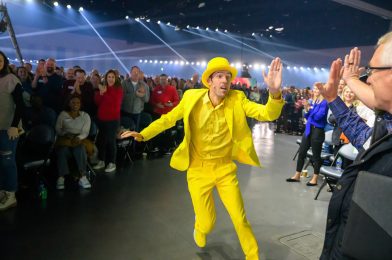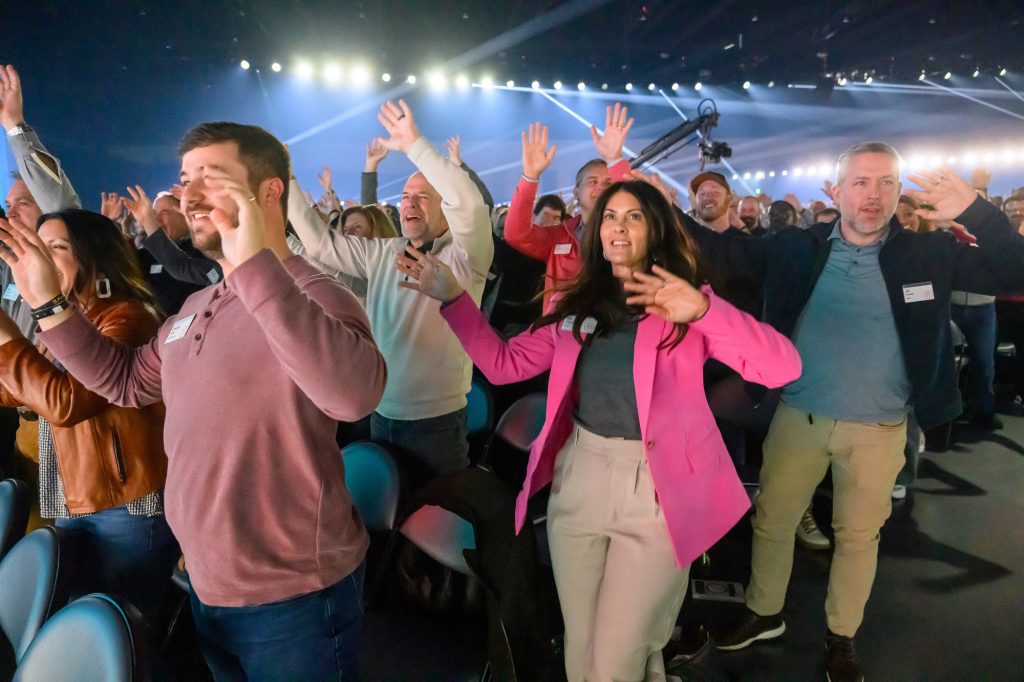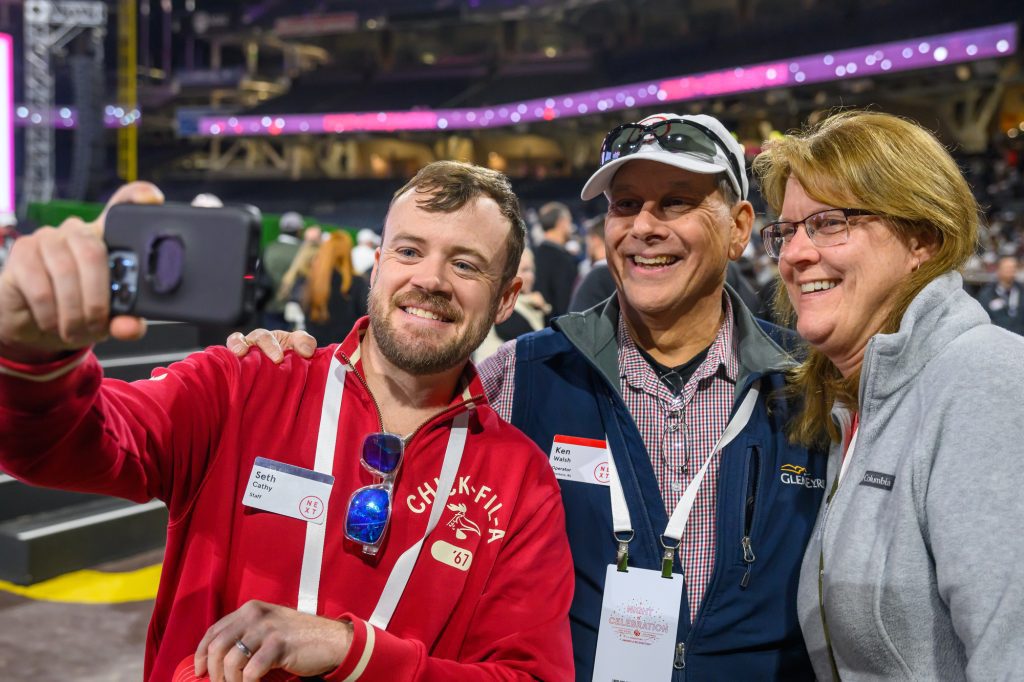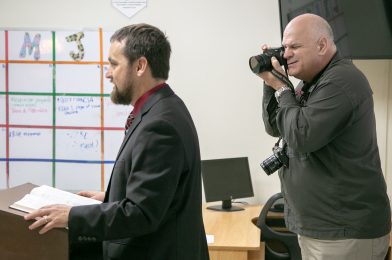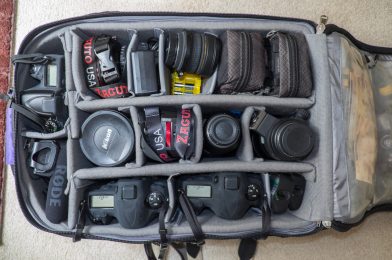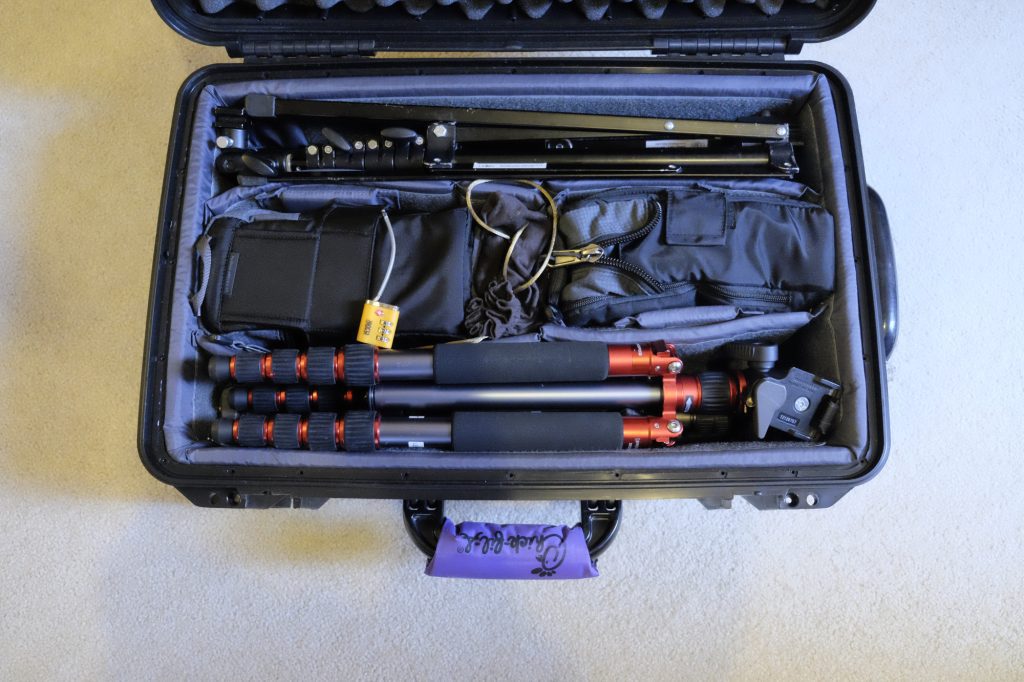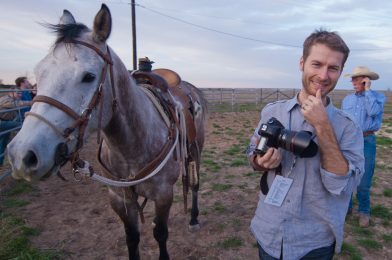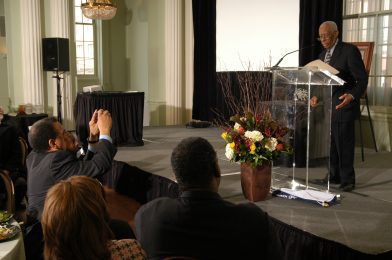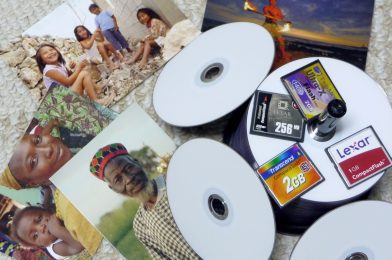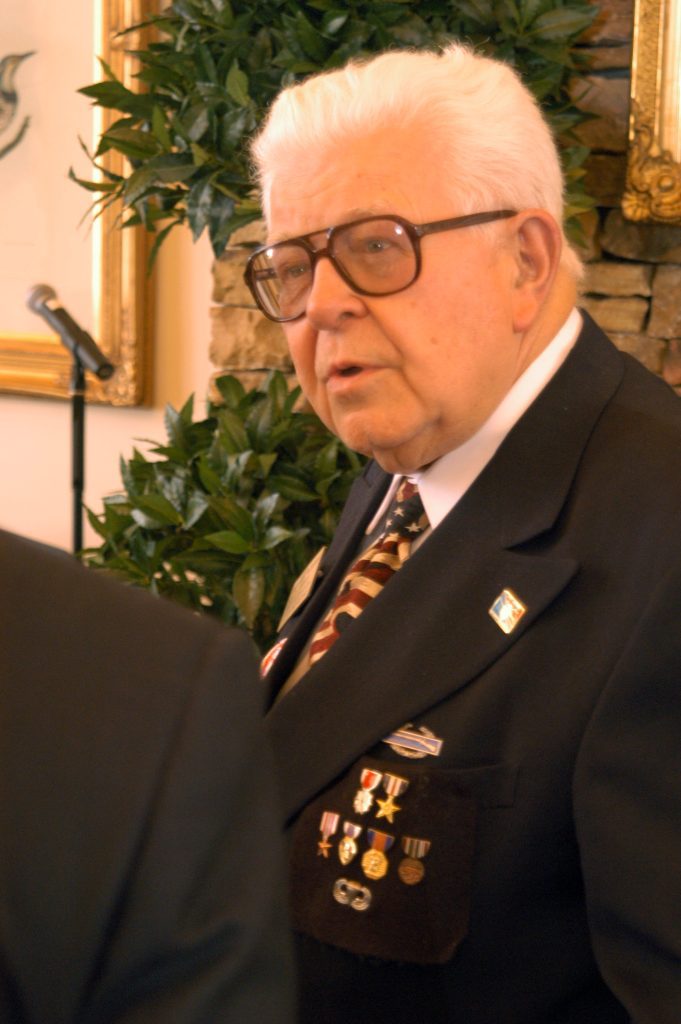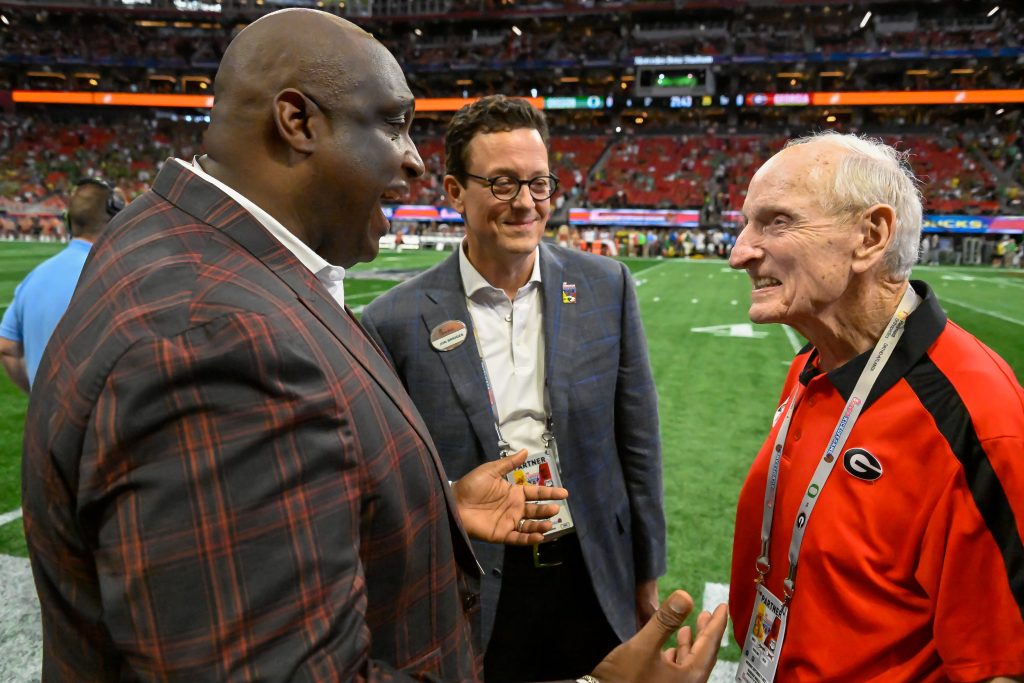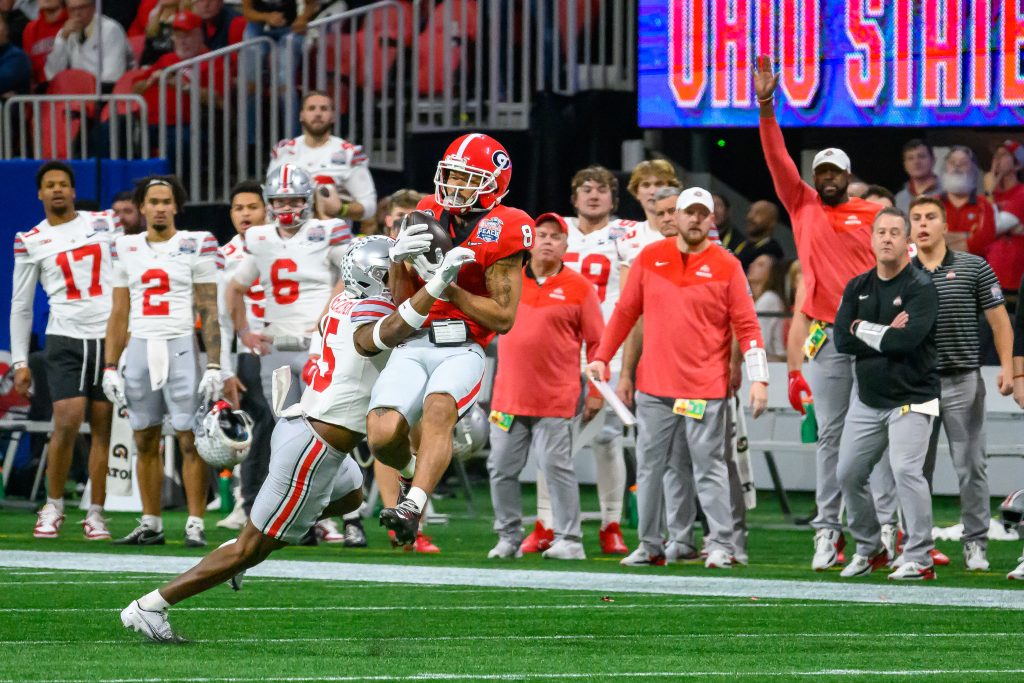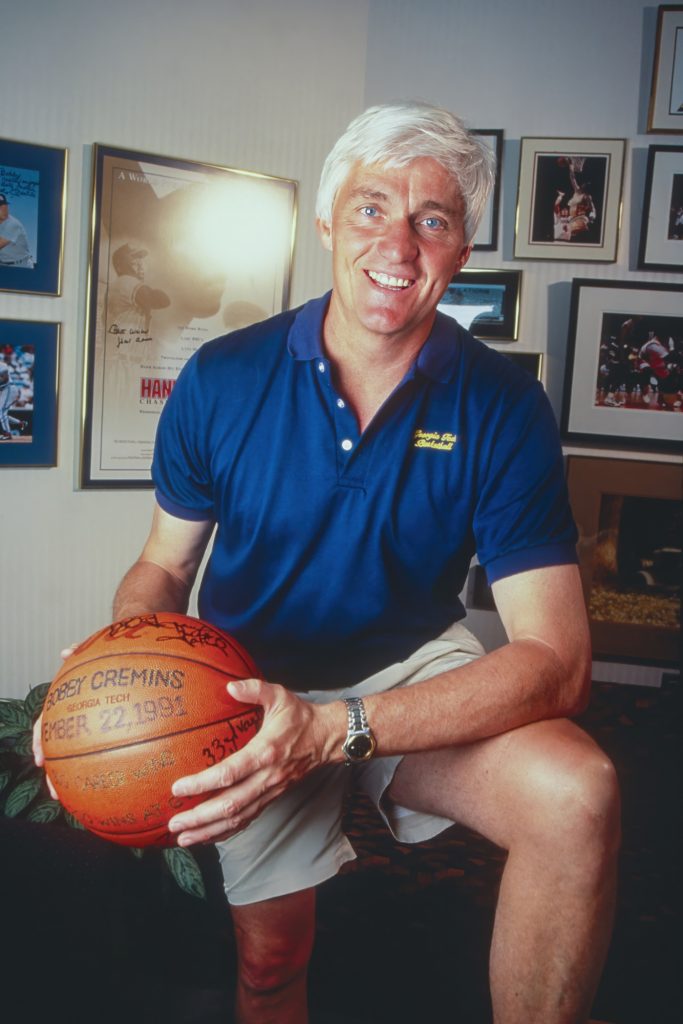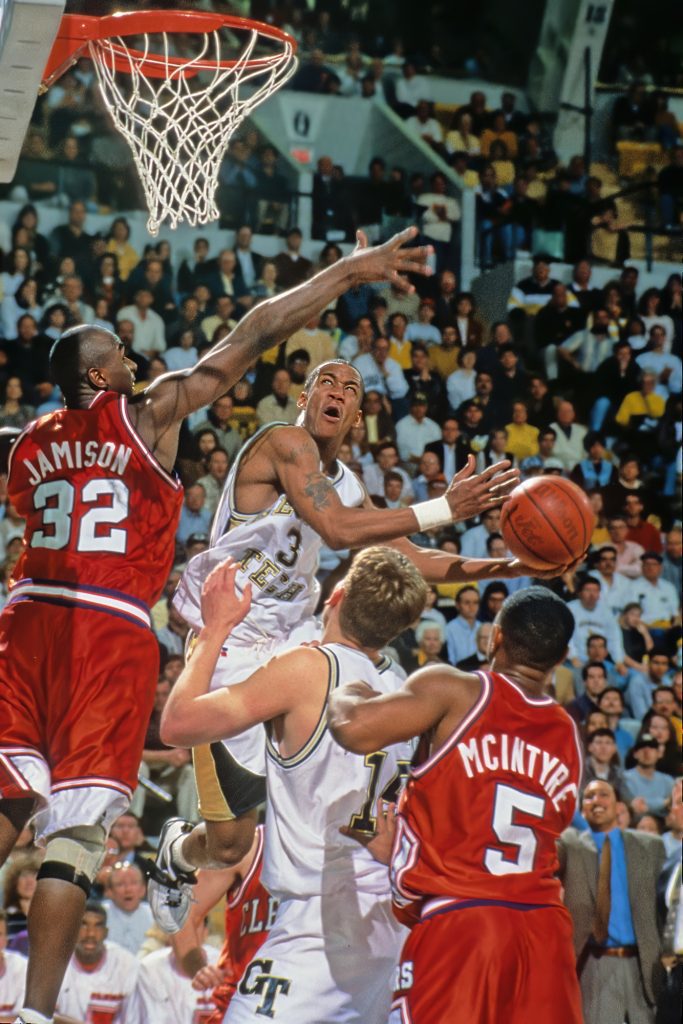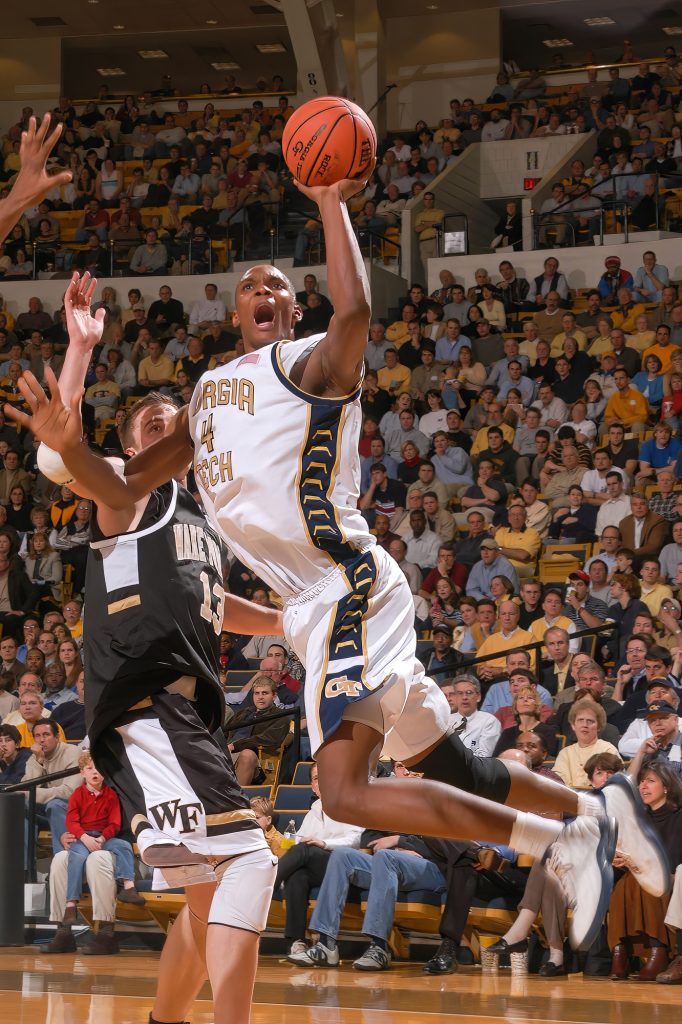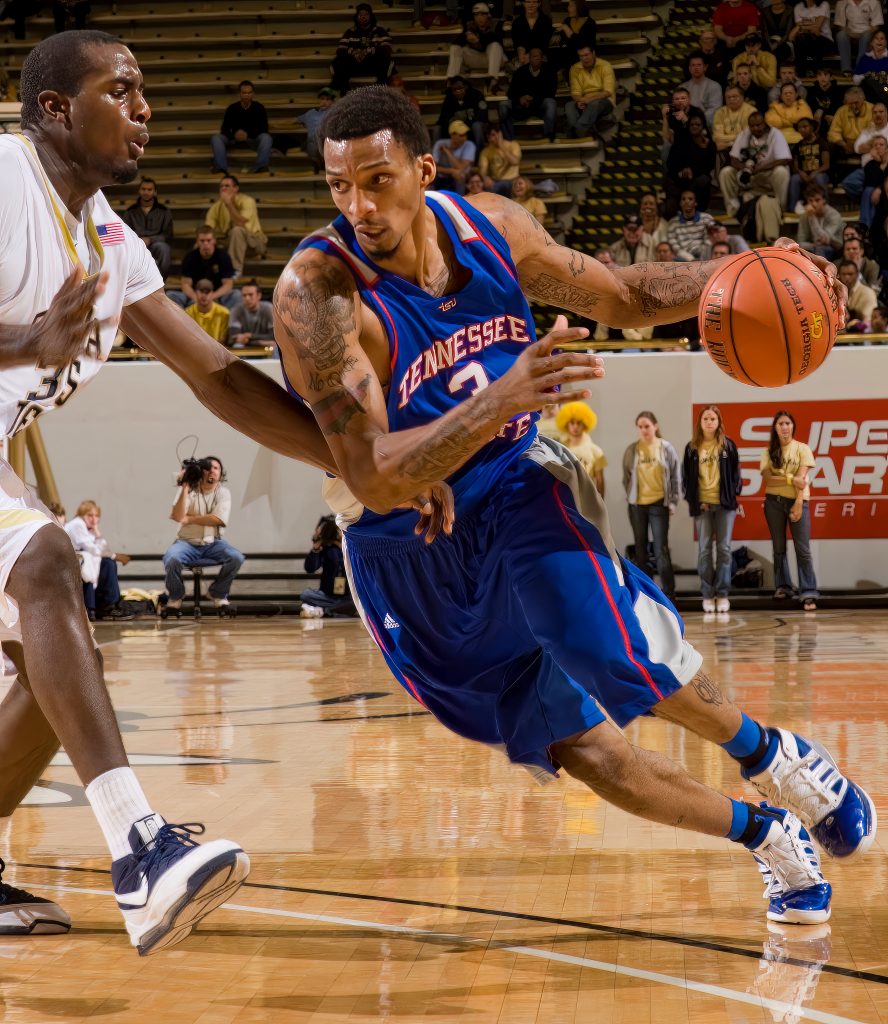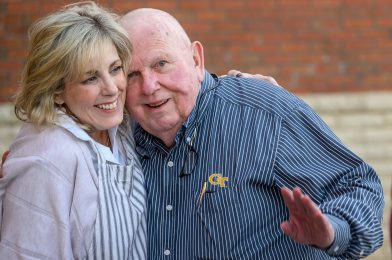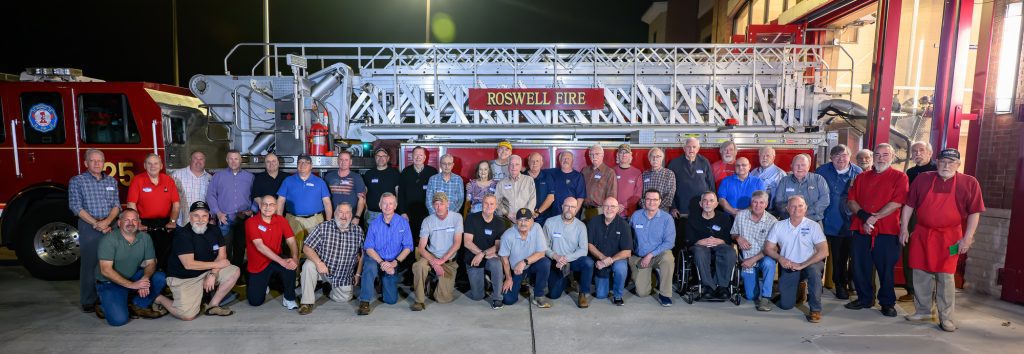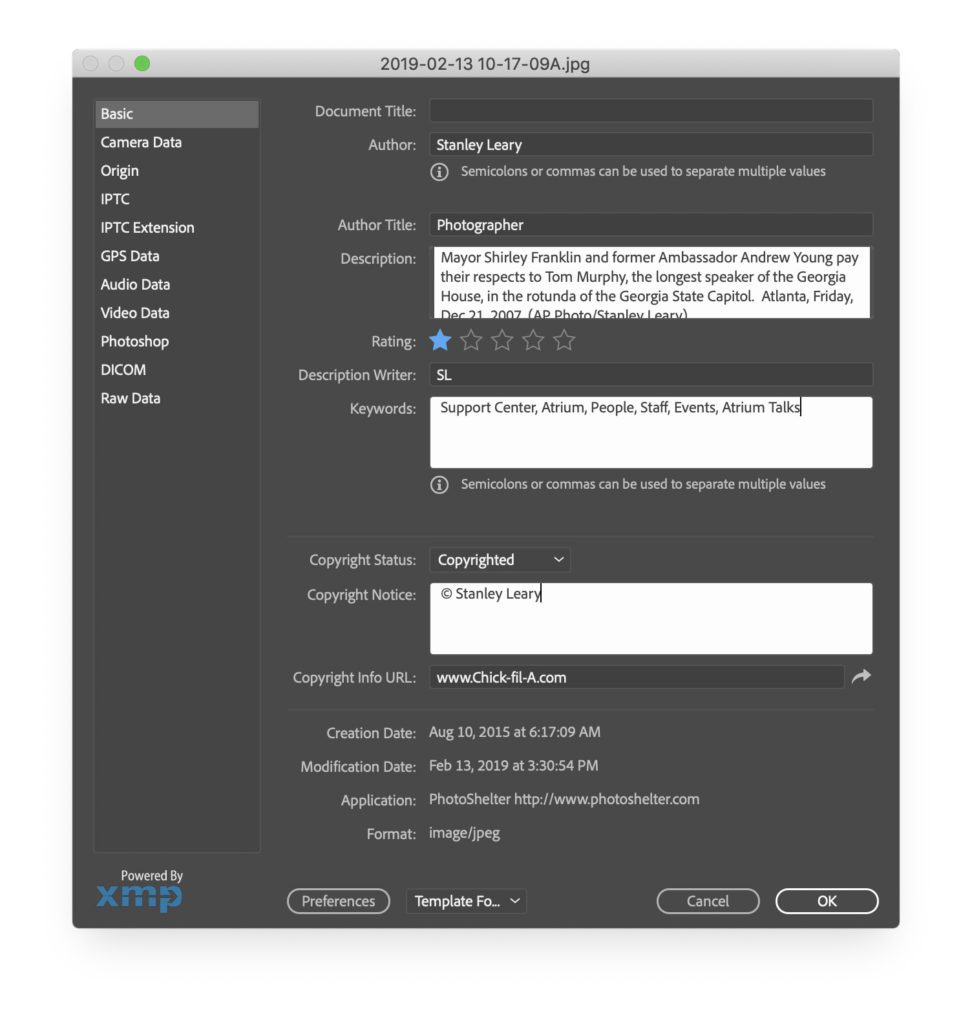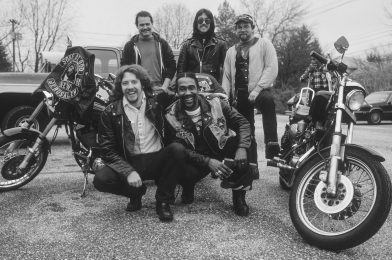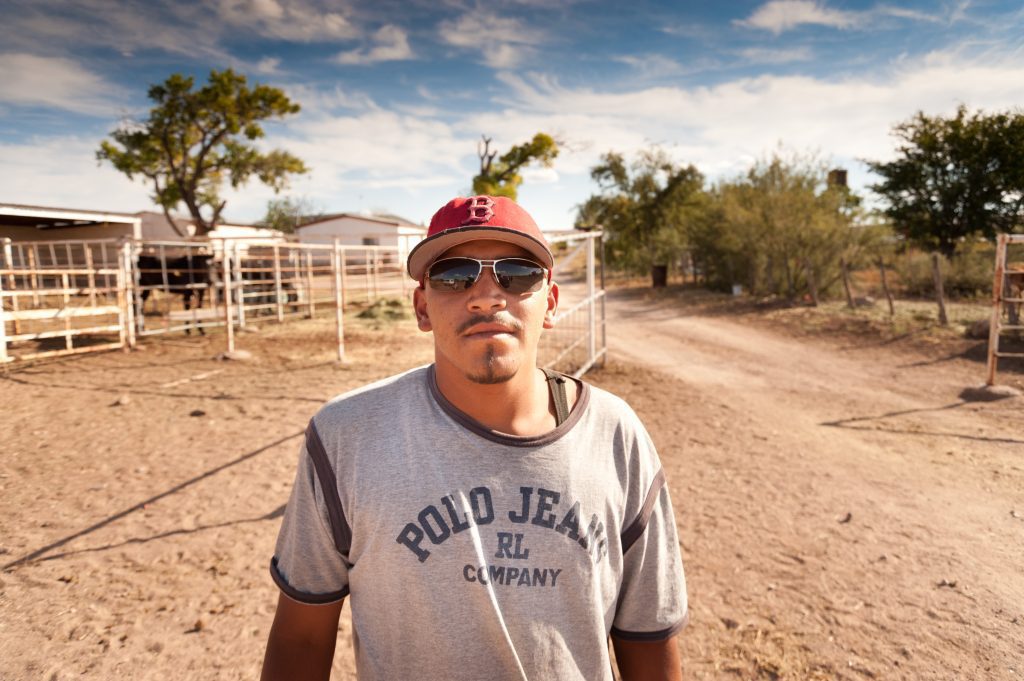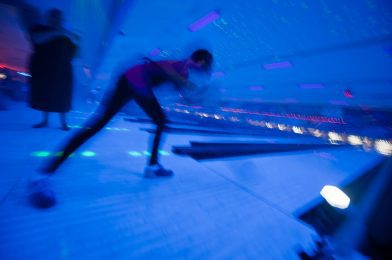[Caption: Mikhail S. Gorbachev gives his opening remarks to the Unification Conference. The Atlanta-based German American Chamber of Commerce of the Southern United States hosted the Unification Conference, a historic meeting of President George Bush, the 41st president of the United States of America, former Chancellor of the Federal Republic of Germany Dr. Helmut Kohl, and former Soviet President Mikhail S. Gorbachev, at the Georgia World Congress Center. The three world leaders discussed their perspectives on the global impact of the fall of the Berlin Wall and the unification of Germany, along with their visions for transatlantic partnership, leadership, and prosperity.]
As a photographer, I have seen firsthand the visual impact content can have on a business or organization. In today’s world, where people are constantly bombarded with information, standing out and engaging your audience is more critical than ever. That’s where photography and video come in – powerful tools can help promote your brand or message and grow your business.
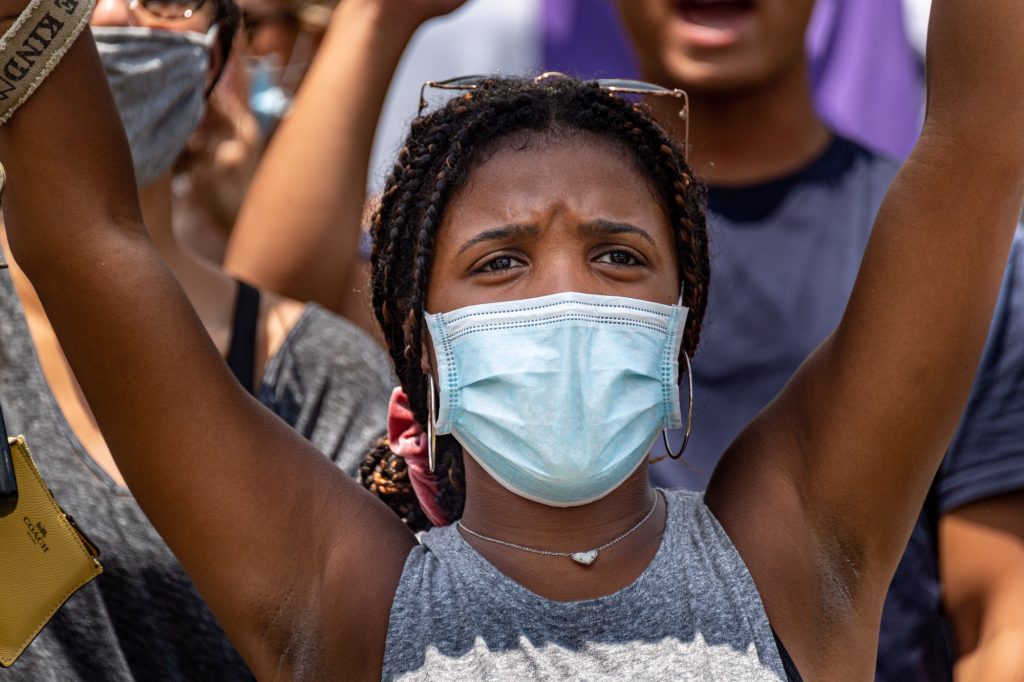
Here are some key things to keep in mind when using photography and video for your business:
- Quality matters: The quality of your visual content can significantly impact how your brand or message is perceived. Investing in high-quality equipment and hiring professional photographers/videographers to create visually appealing content is essential.
- Consistency is vital: Consistent branding and messaging across all visual content can help build brand recognition and increase audience engagement.
- Storytelling is essential: Visual content should tell a story that resonates with your target audience. This can be achieved through thoughtful planning and creative execution.
- Distribution is critical: Simply creating great visual content is not enough – it’s essential to distribute it effectively through social media, email marketing, and other channels to reach your target audience.
- Respect copyright laws: Be aware of copyright laws when using visual content. Creating original content or obtaining proper permissions or licenses is essential.
By understanding these key points, you can use photography and video to effectively promote your brand, engage your audience, and grow your business.


